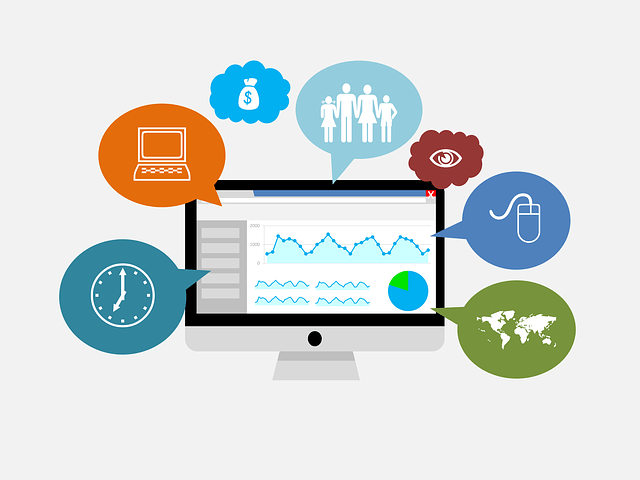
Timely, thorough data analytics is one of the essential keys to success in every industry where companies generate and collect user/customer/performance/statistical and other types of data. From eCommerce to government utility companies – a good hang on regular data analytics is crucial for game-changer optimizations and professional growth.
When it comes to modern healthcare, though, data is more than success-defining. It makes up the backbone of the field where usual incoming data sets are extremely rapidly flowing, huge, and diverse. This is why every healthcare provider (or a provider looking to start covering this field) must know their healthcare data analytics and employ several approaches to this long-term efficient effort.
As a result, you can achieve several technical, business, and niche benefits by:
- Gaining valuable insights into overall performance to:
-
- Conduct benchmarking;
- Measure performance metrics.
- Boosting the quality and thoroughness of services to:
- Achieve higher overall clinical quality;
- Streamline clinical decision-making;
- Work on patient engagement;
- Advancing medical research and speeding up adoption of innovations to:
- Conduct more clinical research;
- Develop better clinical guidelines.
- Managing the underlying data risks to:
- Avoid extra expenses;
- Support complex decisions;
- Settle financial risks;
- Protecting patient data in line with the international regulations to:
- Keep patient data safe and anonymous;
- Preserve ones reputation as a healthcare provider;
- Avoid expenses and legal cases.
Major Data Analytics Approaches in Healthcare
Healthcare is a very multifaceted field with numerous aspects to manage and keep in line. Respectively, there is more than one approach in terms of data analytics here. These are based on several different methods and technology uses to provide long-term useful data analytics and include the following.
Descriptive data analytics
Descriptive analytics is all about statistics. In particular, about analyzing the data accumulated in the past in order to build predictions for the future. Ultimately, it helps better stay in tune with certain tendencies and see how they fluctuate and change. However, it doesn’t bring precise future insights and predictions for timely significant improvements and serves more for observance and learning..
Predictive data analytics
Now, this approach has more potential to predict future trends/actions/tendencies as it is based on predictive modeling and forecasting. A variety of techniques may be employed here. There are different data modeling and even mining methods. All in all, the goal is to see how certain changes (e.g., customized workflow approaches) may affect things globally in the future. It is exactly predictive data analytics that stood behind the huge service personalization success of Netflix.
Prescriptive data analytics
This is where advanced technology comes into play to help make things easier and better. Specifically, machine learning techniques are used to outline the most long-term efficient courses of action or strategies. Machine learning brings in-depth analyses and relevant forecasts based on a bunch of existing inputs. Thus, we may see what particular results can a certain action have in the future. The only drawbacks here are the absence of a 100% certainty of results and the young age of the technology (there is still room to grow in terms of predictive certainty and preciseness).
Discovery data analytics
This approach involves machine learning, too, but it analyzes raw data in order to draw out patterns, interconnections, and outliers. In a nutshell, this is a more subtle approach that points specialists in the directions to be further explored. With a big possibility, these directions lead to specific aspects to be improved and/or optimized. The ultimate efficiency of this method is defined by the accuracy and completeness of raw data used.
Different providers adopt different methods and techniques in order to achieve specific results. This depends on many details of the establishment’s operation. The basic data analytics route for everybody, however, is acquiring data -> transforming data -> putting data analytics to use.
Thus, you certainly need an approach (e.g., patient surveys) and/or a tool (e.g., CRM) to help you thoroughly collect and structure the data. The same goes for data cleaning, validation, and analysis on the stage of transformation. Then, you leverage the results to achieve better service results.
Keep in tune with NIX United for more professional insights into global industries.








